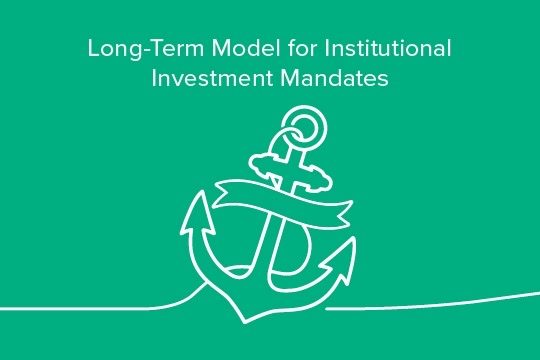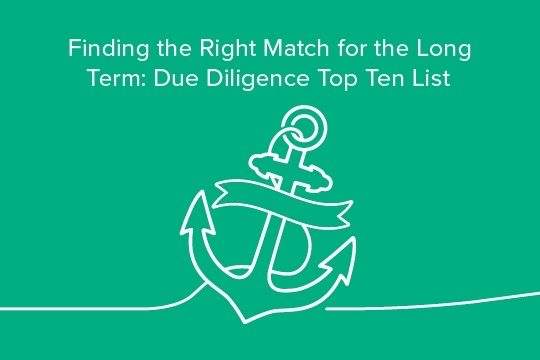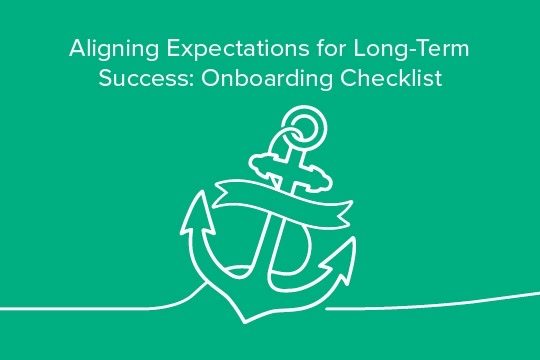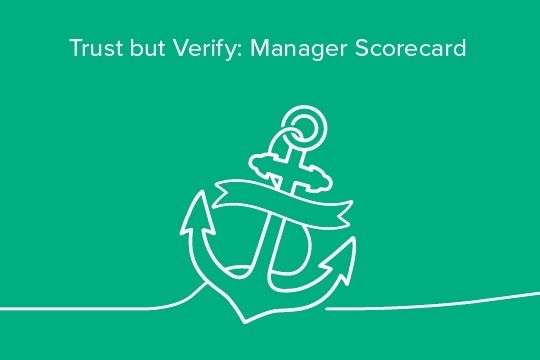This matrix provides a menu of key contract provisions for mandates. We compare typical provisions, which tend to reflect a short-term mindset, to those promoting a longer-term approach, and offer ideas for exploratory provisions. The provisions are relevant for separately managed accounts and commingled funds, with unique provisions described for the latter. The implementation of contract provisions can be facilitated through the use of other tools, including:
- Finding the Right Match for the Long Term: Due Diligence Top Ten List
- Aligning Expectations for Long-Term Success: Onboarding Checklist
- Trust but Verify: Manager Scorecard.
In addition to selecting provisions from this matrix, a clear objective for the mandate should be agreed upon between asset owners and managers, including return or excess return objectives over a specific long-term evaluation period. In addition to monitoring past investment performance, long-term asset owners monitor how managers manage portfolios and their businesses. Specifying key performance indicators (KPIs) from the KPIs matrix can provide structure for that monitoring. Investors may select among these disclosure terms based on their goals and are unlikely to use all of them in one mandate.
Contract Provisions
Key Performance Indicators
In addition to monitoring past investment performance, long-term asset owners monitor how managers manage portfolios and their businesses. Specifying key performance indicators (KPIs) from the KPIs matrix can provide structure for that monitoring. Investors may select among these disclosure terms based on their goals and are unlikely to use all of them in one mandate.
By following our model for long-term contracts, as well as our associated tools, investors can ensure that the relationship between asset owners and managers is anchored with clear objectives and expectations, while avoiding surprises and averting common default patterns of short-term performance evaluation.
 Download Report
Download Report


